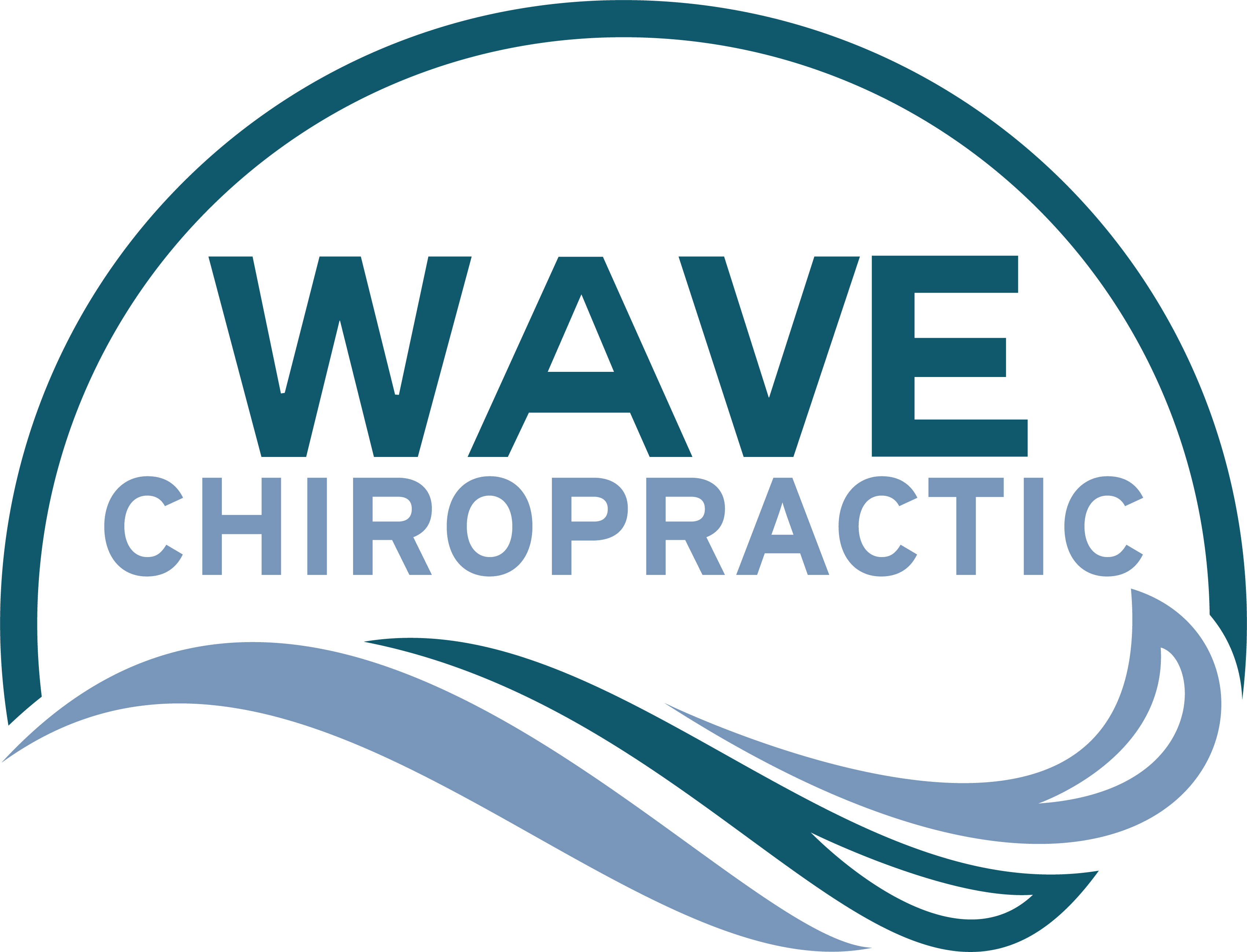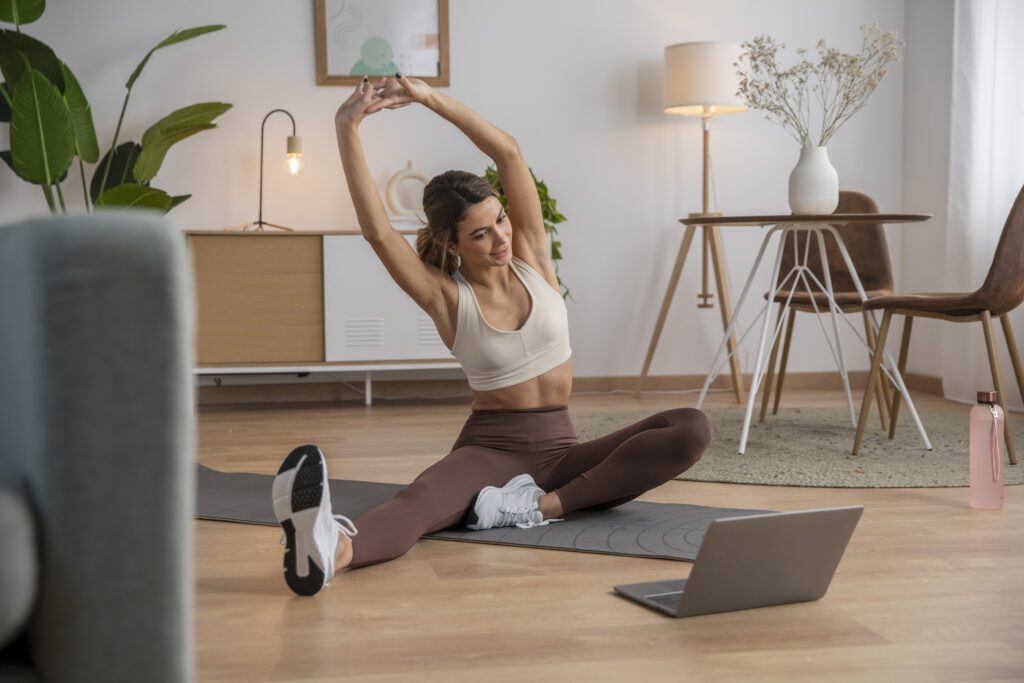As you consider the importance of maintaining mobility and flexibility in your senior years, you might be surprised to learn how simple adjustments can make a significant difference. Incorporating regular stretching routines, strength training, and nutritional enhancements could transform your daily experience. Additionally, ergonomic modifications and mind-body practices might further elevate your movement capabilities. Curious about how these adjustments can specifically benefit you or a loved one? Let's explore the five key ways they can lead to a more active and fulfilling lifestyle.
Regular Stretching Routines
Incorporating regular stretching routines into your daily life can greatly enhance your mobility and flexibility. As you age, keeping your muscles and joints limber becomes increasingly important. By dedicating just a few minutes each day to stretching, you can improve your range of motion and reduce the risk of injury.
Start with simple stretches that target major muscle groups. Focus on your neck, shoulders, back, hips, and legs. For instance, a gentle neck stretch can relieve tension, while a seated forward bend targets your hamstrings. Hold each stretch for at least 15-30 seconds, breathing deeply to help your body relax.
You don't have to do it all at once; try incorporating stretches into your routine throughout the day. Whether you're watching TV, sitting at your desk, or even while cooking, take a moment to stretch. You'll find that small breaks can boost your energy and improve your overall well-being.
Consider joining a local class focused on gentle stretching techniques or yoga, which can offer guided instruction. These classes not only teach you effective stretches but also provide a supportive environment to enhance your commitment.
Strength Training Adjustments
To boost your strength as you age, it's important to adjust your training routine to match your body's changing needs. As you grow older, your muscle mass naturally declines, which can affect your overall strength and mobility. Incorporating strength training adjustments can help counteract these changes and enhance your quality of life.
Start by focusing on compound movements that engage multiple muscle groups, such as squats, deadlifts, and push-ups. These exercises build functional strength, making everyday activities easier. You should also consider using lighter weights with higher repetitions to reduce strain while still promoting muscle endurance. It's vital to listen to your body; if an exercise feels uncomfortable, modify it or switch to a different one.
Incorporating balance and stability exercises into your routine can greatly enhance your strength training. Simple activities like standing on one leg or using a stability ball while lifting weights can help improve your core strength and coordination, reducing the risk of falls.
Don't forget about the importance of rest and recovery. As you age, your body needs more time to recover, so include rest days in your routine. Stretching after your workouts can also help with flexibility and muscle recovery.
Lastly, consider working with a certified trainer knowledgeable in senior fitness. They can tailor your strength training program to fit your needs, ensuring you stay safe and effective in your workouts.
Nutritional Enhancements
Nutrition plays an essential role in maintaining mobility and flexibility as you age. As you get older, your body requires specific nutrients to support joint health, muscle function, and overall well-being. Prioritizing a balanced diet can markedly enhance your physical capabilities.
First, focus on adequate protein intake. Protein helps repair and build muscle tissue, which is critical for maintaining strength and stability. Incorporate lean meats, fish, eggs, dairy, legumes, and nuts into your meals. Aim for a protein source in every meal to support your muscle maintenance.
Next, don't underestimate the power of healthy fats. Omega-3 fatty acids, found in fish like salmon and walnuts, can reduce inflammation in your joints, making movement easier and more comfortable. Incorporate these foods into your diet to promote joint health.
Also, pay attention to your intake of vitamins and minerals. Calcium and vitamin D are essential for bone health, helping prevent fractures and osteoporosis. You can find calcium in dairy products, leafy greens, and fortified foods, while vitamin D can be obtained from sunlight exposure or supplements if necessary.
Lastly, stay hydrated. Water supports joint lubrication and helps transport nutrients throughout your body. Aim to drink enough fluids daily to maintain hydration.
Ergonomic Modifications
Maintaining mobility and flexibility isn't just about what you eat; it also involves how you interact with your environment. Ergonomic modifications can greatly enhance your daily activities, making it easier for you to move and stay active.
By adjusting your living and working spaces, you can reduce strain on your body and improve your overall comfort.
Start by evaluating your surroundings. Simple changes can lead to big improvements. Here are three key ergonomic modifications you can make:
- Adjustable Furniture: Invest in chairs and desks that allow you to change their height. This can help you maintain good posture and reduce the risk of discomfort while sitting or working.
- Proper Lighting: Confirm your spaces are well-lit to prevent eye strain. Using adjustable lamps or brighter bulbs can make reading and other activities easier, leading to less physical stress.
- Accessible Storage: Organize your home so that frequently used items are within easy reach. Use grabbers for hard-to-reach places, and consider lowering shelves to a more comfortable height to avoid stretching or straining.
Mind-Body Practices
Incorporating mind-body practices into your routine can greatly enhance your mobility and flexibility. Techniques like yoga, tai chi, and Pilates focus on the connection between your mind and body, promoting awareness and control over your movements.
These practices not only improve your physical capabilities but also help reduce stress and increase overall well-being.
Yoga, for instance, offers various poses that stretch and strengthen different muscle groups. By regularly practicing yoga, you'll likely notice improvements in your balance and coordination, which are essential for maintaining mobility as you age.
The deep breathing techniques involved also enhance your lung capacity and relaxation, further contributing to your flexibility.
Tai chi is another excellent option. This gentle martial art emphasizes slow, controlled movements and deep focus. Engaging in tai chi can improve your balance, flexibility, and muscle strength while reducing the risk of falls.
It's particularly beneficial for seniors, as it's low-impact and adaptable to your fitness level.
Pilates focuses on core strength, stability, and flexibility. By emphasizing controlled movements and proper alignment, you can strengthen your abdominal and back muscles, contributing to better posture and mobility.
Plus, Pilates can be modified to suit your specific needs, making it accessible for everyone.
Incorporating these mind-body practices into your weekly routine can lead to significant improvements in your mobility and flexibility.
Conclusion
By incorporating these adjustments into your daily routine, you can greatly enhance your mobility and flexibility. Regular stretching keeps your joints limber, while strength training builds the functional strength you need for daily tasks. Don't forget to fuel your body with the right nutrients, make ergonomic changes for better posture, and engage in mind-body practices like yoga or tai chi. Embrace these methods to improve your overall well-being and enjoy a more active, fulfilling life!

